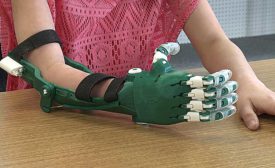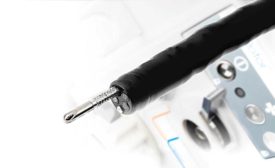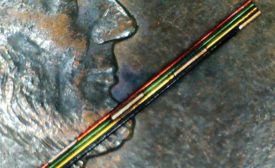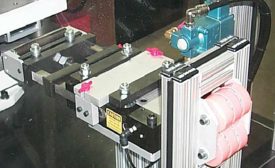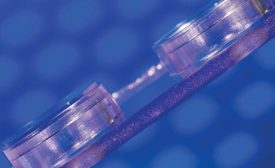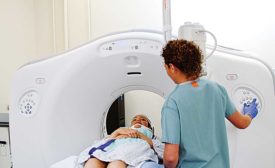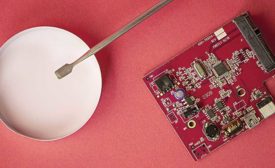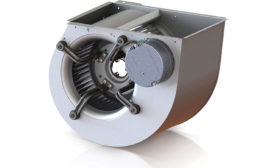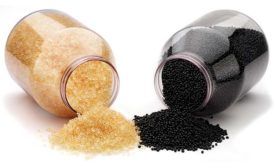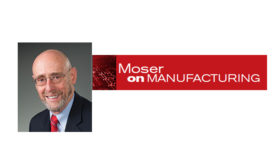Industries
3D Printing Goes from Prototyping to Production
Read More
MEP Aids Medical Device Manufacturers
Many medical device companies have benefitted from the Hollings Manufacturing Extension Partnership
May 1, 2018
Laser Wire Stripping for Medical Device Assembly
Small wires in medical devices can be safely stripped with lasers
May 1, 2018
Fastening or Pressing of Medical Devices
For a wide range of medical devices, fastening or pressing is often the best assembly method
May 1, 2018
Laser Welding Plastic Medical Devices
Established, and evolving, laser technology is helping medical device manufacturers produce smaller, lighter and safer products
May 1, 2018
Bubble-Free Potting of Capacitors
Scheugenpflug’s vacuum potting system ensures quality encapsulation of high-voltage capacitors for medical devices.
May 1, 2018
Find the Right Medical Adhesive
Answer these five basic questions to select the ideal adhesive for your medical application.
May 1, 2018
Motor Manufacturers Strive to Meet Furnace Fan Standards
DOE mandates drive cutting-edge innovation.
April 30, 2018
Low-Pressure Molding Controls Stress on Wire Assemblies
Hot-melt molding is the quick and efficient way to encapsulate and protect electrical components.
April 13, 2018
Never miss the latest news and trends driving the manufacturing industry
Stay in the know on the latest assembly trends.
JOIN TODAY!Copyright ©2024. All Rights Reserved BNP Media.
Design, CMS, Hosting & Web Development :: ePublishing
